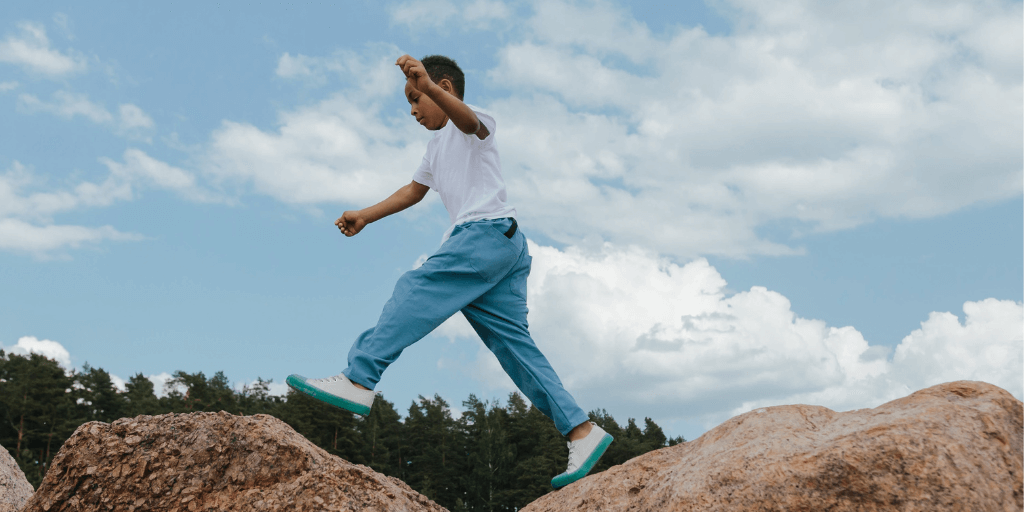
Can we really ‘bounce back’ after experiencing trauma?
‘Can we really ‘bounce back’ after experiencing trauma?’ blog article was written by Sophie Varvel, Team Leader of NSW Therapeutic Services at Australian Childhood Foundation.
Let’s reconsider the notion of urging children to ‘bounce back’ after experiencing trauma. In my mind, the phrase conjures images of a bouncy ball, careening off the ground, aiming for great heights.
As a child, I revelled in the thrill of making it soar by slamming it hard against the floor. While I understand that the expression isn’t meant to evoke such a literal interpretation, this vivid mental image makes me pause and think.
These words, though not inherently harmful, have taken on a new significance for me as I increase my trauma awareness.
Previously, I may not have noticed or questioned this term, but now it ignites a fire in my belly. The more I reflect, the more I find these terms disconcerting.
Indeed, their meaning spans a spectrum — from supporting stress management to parenting initiatives and fostering children’s resilience.
However, I can’t help but wonder about the impact on children, especially those who have experienced developmental trauma.
What do they think when confronted by language like ‘bounce back’? When we say ‘bounce back,’ my mind races with questions. What are they bouncing from? Are we expecting them to rebound effortlessly from trauma?
Children who have experienced developmental trauma aren’t simply returning to a baseline or catapulting to greater heights without sustained therapeutic support. They require the experience of safe, attuned, and enduring relationships.
Yet, their reality often involves a narrow network of relationships, many of which may not be long-term. For some, their experience in care might not be safer or better, and they may continue to reside in survival mode.
Terms like ‘Bounce back’ fail to acknowledge their trauma and the ongoing challenges they face. While we know these children can heal and lead fulfilling lives, the healing process shouldn’t burden them with unrealistic expectations.
Instead of pressuring them to ‘bounce back,’ let’s shift the focus to resourcing adults and communities. Let’s talk about responding, being safe, attuned, and engaged in the healing of children who have experienced trauma.
Let’s walk alongside them in their pain, amplifying their stories and voices and building enduring networks to support them.
Our goal should be to create communities where, regardless of the paths children take after trauma, there are safe adults and communities ready to catch them, hold them, and support their healing.
It’s our responsibility as adults to aid children in healing from their trauma — it’s not on them.
Subscribe to the Professionals Newsletter
Join our community of more than 40,000 professionals from around the world who receive our weekly newsletter containing articles. Our newsletters help connect you to our blog, research, and free resources as they are produced. We also keep you informed on training opportunities including access to experts in the field, webinars, international speaker tours, conferences and more.
